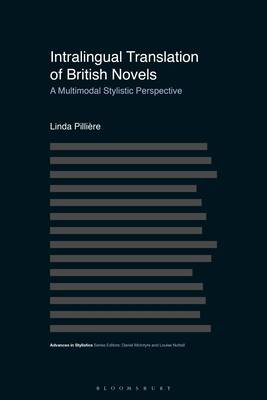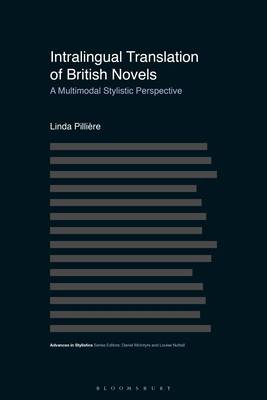
- Afhalen na 1 uur in een winkel met voorraad
- Gratis thuislevering in België vanaf € 30
- Ruim aanbod met 7 miljoen producten
- Afhalen na 1 uur in een winkel met voorraad
- Gratis thuislevering in België vanaf € 30
- Ruim aanbod met 7 miljoen producten
Zoeken
€ 254,45
+ 508 punten
Uitvoering
Omschrijving
Building on an upsurge of interest in the Americanization of British novels triggered by the Harry Potterseries, this book explores the various ways that British novels, from children's fiction to travelogues and Book Prize winners, have been adapted and rewritten for the US market.
Drawing on a vast corpus of over 80 works and integrating the latest research in multimodality and stylistics, the book analyses the modifications introduced to make British English texts more culturally acceptable and accessible to the American English reader. From paratextual differences in cover, illustrations, typeface and footnotes to dialectal changes to lexis, tense, syntax and punctuation, Linda Pillière reveals the sociocultural and ideological pressures involved in intralingual translation and shows how the stylistic effects of such changes - including loss of meaning, voice, rhythm, and word play - often result in a more muted American edition. The book also sheds light on the role of the editor as mediator between original author and target reader, the prescriptive style guides used by US copy-editors and the power relations between agents active in the translation process. In doing so, it shows how homing in on numerous small adjustments can provide fascinating insights into the American publishing process and readership.
Drawing on a vast corpus of over 80 works and integrating the latest research in multimodality and stylistics, the book analyses the modifications introduced to make British English texts more culturally acceptable and accessible to the American English reader. From paratextual differences in cover, illustrations, typeface and footnotes to dialectal changes to lexis, tense, syntax and punctuation, Linda Pillière reveals the sociocultural and ideological pressures involved in intralingual translation and shows how the stylistic effects of such changes - including loss of meaning, voice, rhythm, and word play - often result in a more muted American edition. The book also sheds light on the role of the editor as mediator between original author and target reader, the prescriptive style guides used by US copy-editors and the power relations between agents active in the translation process. In doing so, it shows how homing in on numerous small adjustments can provide fascinating insights into the American publishing process and readership.
Specificaties
Betrokkenen
- Auteur(s):
- Uitgeverij:
Inhoud
- Aantal bladzijden:
- 270
- Taal:
- Engels
- Reeks:
Eigenschappen
- Productcode (EAN):
- 9781350151871
- Verschijningsdatum:
- 20/05/2021
- Uitvoering:
- Hardcover
- Formaat:
- Genaaid
- Afmetingen:
- 156 mm x 234 mm
- Gewicht:
- 553 g

Alleen bij Standaard Boekhandel
+ 508 punten op je klantenkaart van Standaard Boekhandel
Beoordelingen
We publiceren alleen reviews die voldoen aan de voorwaarden voor reviews. Bekijk onze voorwaarden voor reviews.








